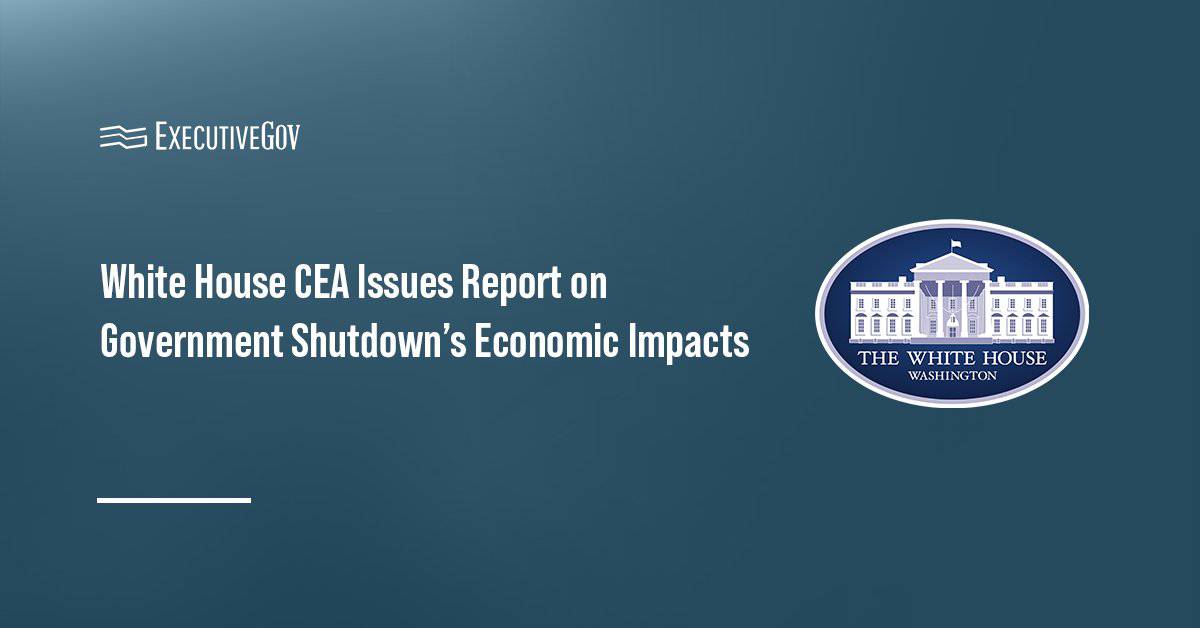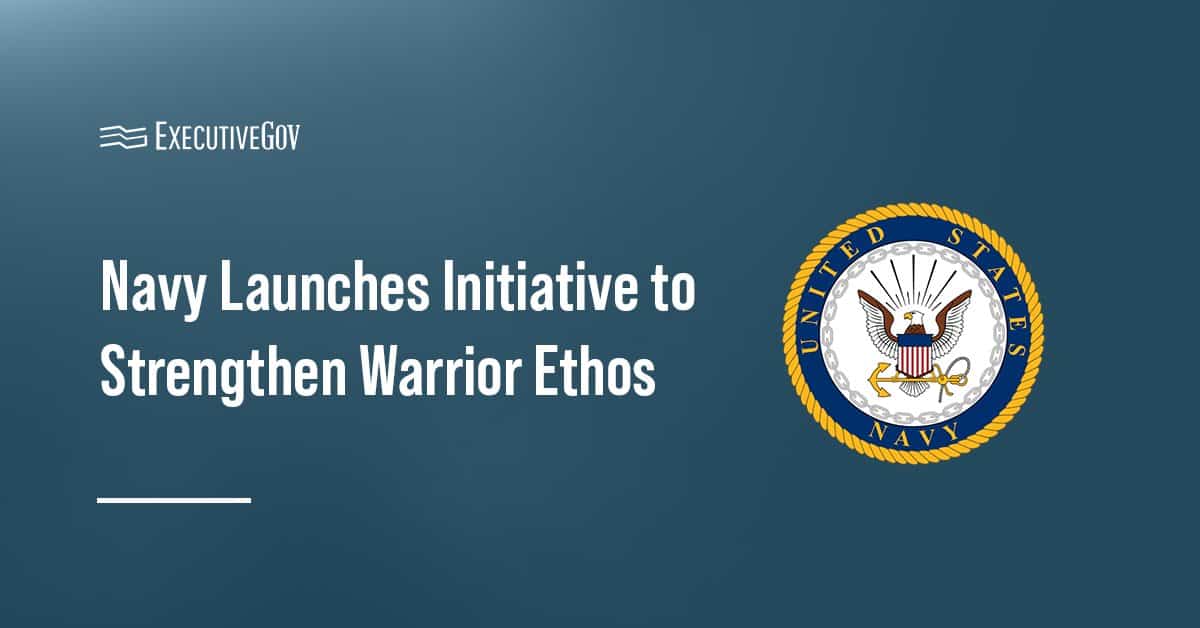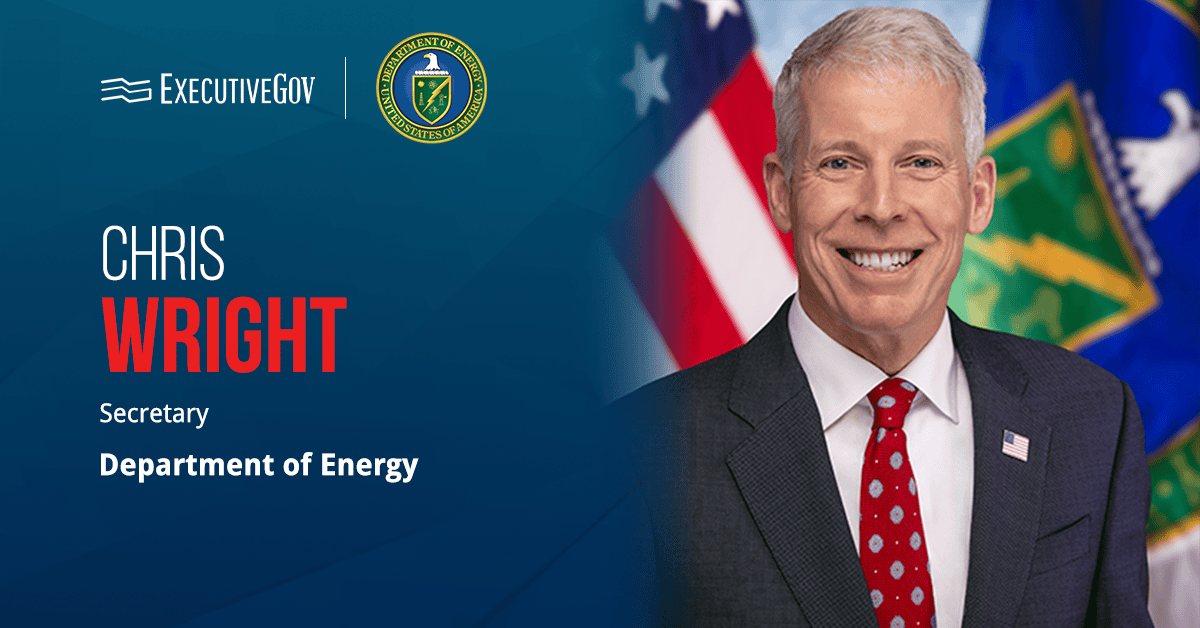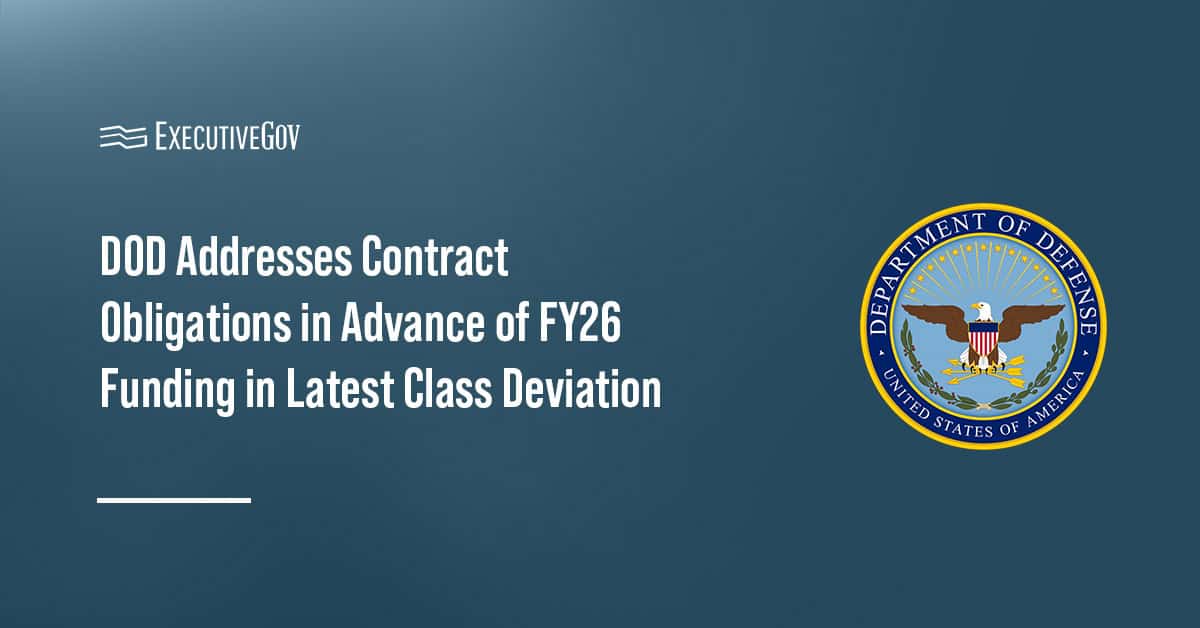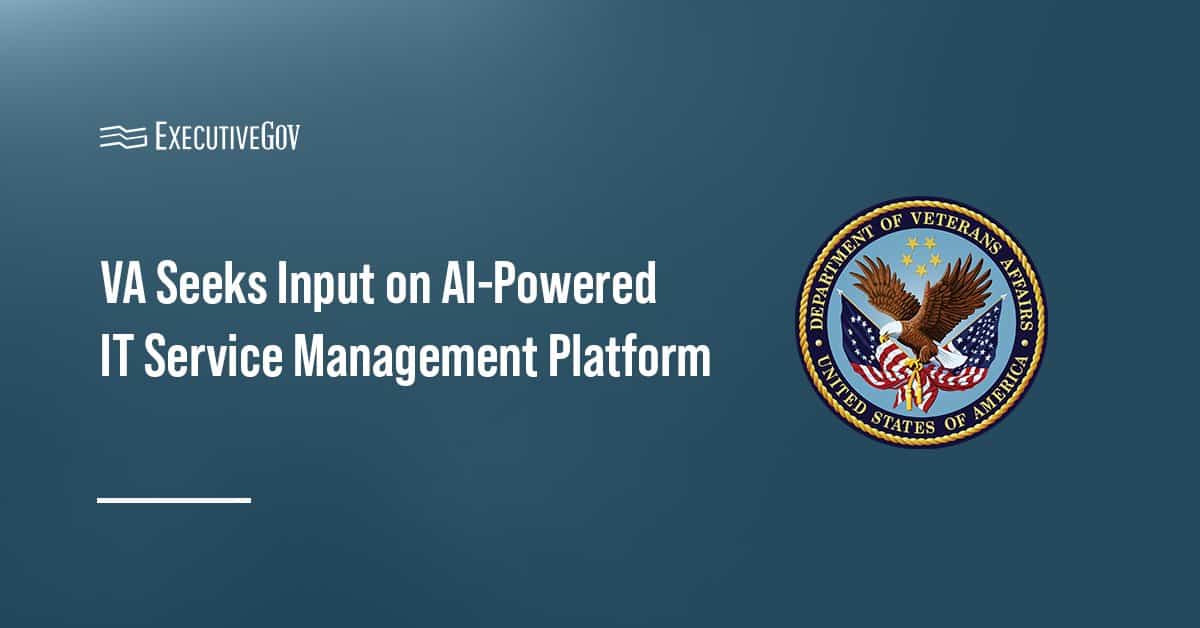The Department of the Army has combined U.S. Army Futures Command and Army Training and Doctrine Command, or TRADOC, to form Army Transformation and Training Command, or T2COM.
Table of Contents
Army Transformation & Training Command’s Mission & Functions
According to a notice published Thursday on the Army Publishing Directorate’s website, the military branch expects T2COM to enable the synchronization and integration of force development, force generation and force design responsibilities under a singular Army command.
T2COM will be responsible for synchronizing recruitment efforts. The command will educate, train and strengthen the profession of arms and advance Army modernization initiatives. It will also leverage HDDA budget forums to advocate for priorities related to training and transformation and ensure alignment with warfighter requirements.
Under the management of the assistant secretary of the Army for acquisition, logistics and technology, T2COM will develop priorities and maintain oversight of science and technology.
Army Combined Arms Command as T2COM’s Major Subordinate Command
DVIDS reported that the Army Combined Arms Center has been redesignated as Army Combined Arms Command, or CAC, which will serve as a major subordinate element of T2COM.
The move seeks to strengthen the service branch’s ability to rapidly modernize and adapt. The change also highlights CAC’s expanded role in enterprisewide command and control of Army doctrine, education, training and leader development.
CAC will also accelerate the delivery of high-quality education and training to soldiers.
In addition to CAC, the U.S. Army Futures and Concepts Center has been redesignated as Army Futures and Concepts Command, or FCC.
FCC and Army Recruiting Command will also serve as T2COM’s major subordinate commands.



